Football
Chalk Talk: The One Play (and Its Variations) That OSU Used to Gash West Virginia
Mike Yurcich called a nice second half on Saturday.
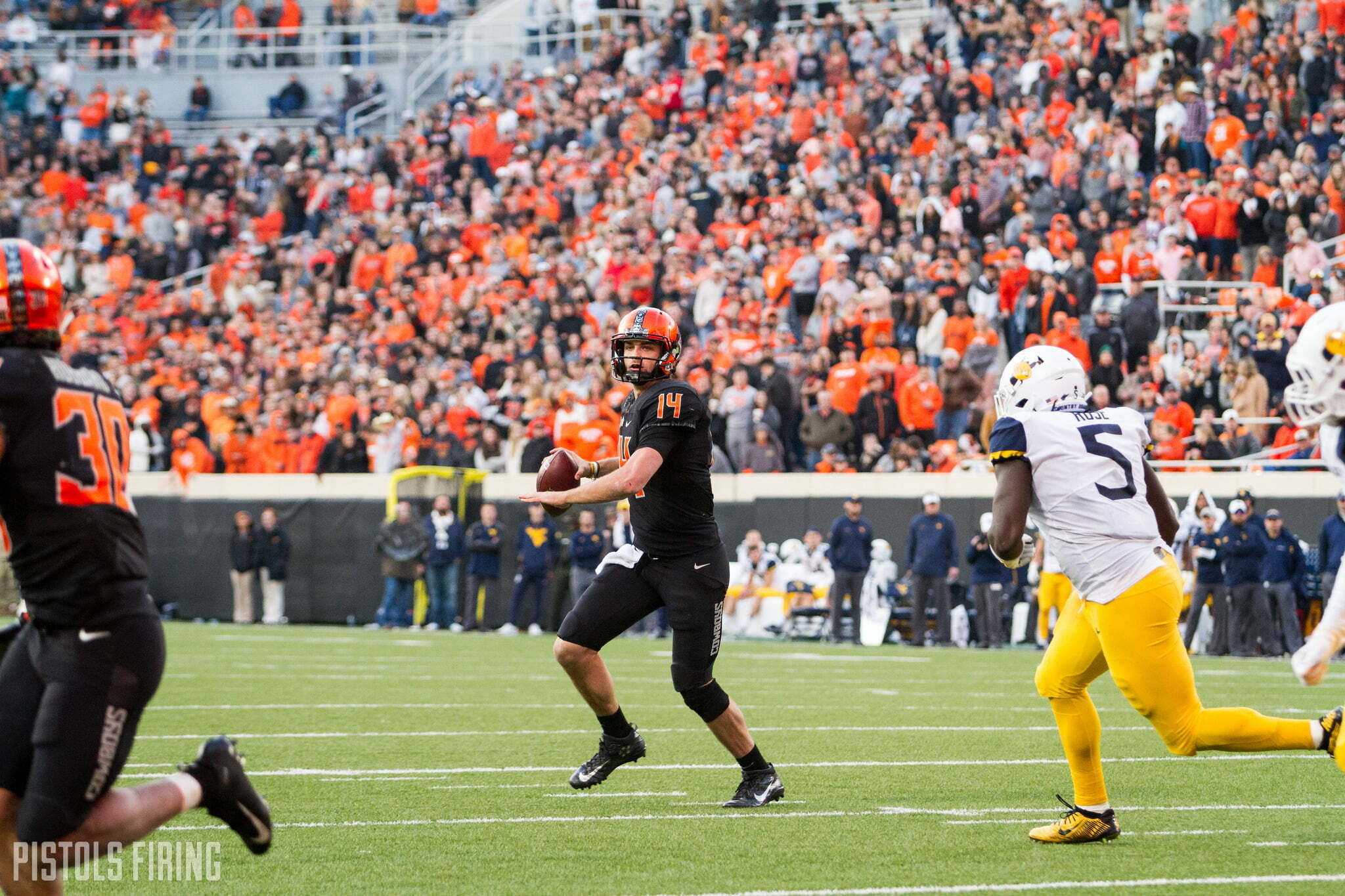
Oklahoma State’s offense saw a complete turnaround in the second half during last week’s 45-41 win over West Virginia. They were able to rush for 177 yards and pass for three touchdowns and no interceptions in the second half. A majority of OSU’s success is due to one concept that they used against the Mountaineers over and over.
OSU would run some type of run play, like inside or wide zone, and tag some type of receiver action to the strong side. Taylor Cornelius had the option to throw, hand the ball off or keep it himself on most plays. Because of the way West Virginia’s defense is structured, he would read the weak-side linebacker (and not the end) and either hand it off or keep it. If the defense outnumbered the offense upfront, Cornelius could pull the ball and throw it to the two-man concept. Because they used this almost exclusively out of 10 personnel (four receivers, no tight ends), and used wide splits, it forced the defense to give away their coverage (preventing them from disguising), which gave Cornelius clearer reads.
Chuba Hubbard was able to accumulate big yardage because the times when Cornelius would hand the ball off to him would be against favorable fronts.
Take this example, where Cornelius has the option to hand the ball off on the log zone or throw to the hitch-post combination to the strong side:
Or this play, where Cornelius could have either handed the ball off, kept it or thrown to the bubble-post combo to the short side of the field:
Additionally, when the defense crowded the line, it allowed Cornelius to get the ball out to his receivers in space, like this traditional bubble-stalk combination off a log zone run play:
Or this now screen out of a stacked formation off an outside zone read:
When the second-level started flowing to the point of attack too aggressively, it allowed Cornelius to keep the ball for big yardage.
Here’s Cornelius keeping it when the linebackers flow to the ball, leaving a huge gap in between the middle of the field and the receivers on the perimeter:
Here’s one final example, with Cornelius keeping on a zone-now screen combination:
The strategy of pairing zone runs with quick route combinations or screens gave Cornelius an optimal action, whether it be run or pass, on almost every play. Cornelius played well in terms of throwing the ball, but hopefully this article shows that some of his best work came on his decision making as well.
The Cowboys have done an excellent job this season adjusting to three-down or “tight” fronts, first against Texas and now against West Virginia. They didn’t need to run a ton of plays; rather, they knew that this one concept could give them an advantage against the Mountaineers.

-
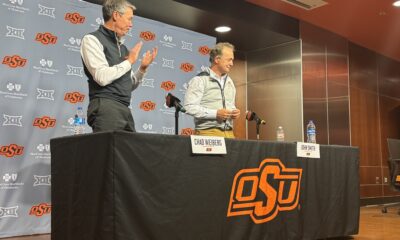
 Wrestling4 days ago
Wrestling4 days agoThe Top 5 Quotes from John Smith’s Retirement News Conference
-
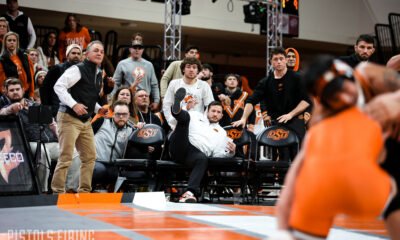
 Wrestling2 days ago
Wrestling2 days agoOSU Wrestling: How John Smith Started a Tradition of Late-Night Workouts For Cowboys Seeking World Glory
-
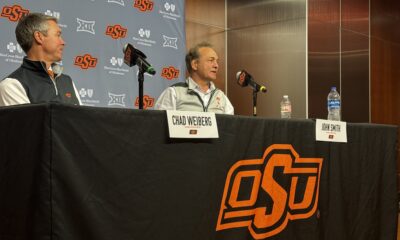
 Wrestling4 days ago
Wrestling4 days agoOSU Wrestling: The Impact John Smith Had on His Final Boss, Chad Weiberg
-
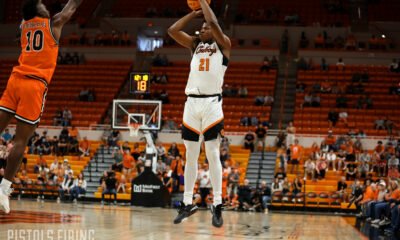
 Hoops4 days ago
Hoops4 days agoJustin McBride Enters Transfer Portal






